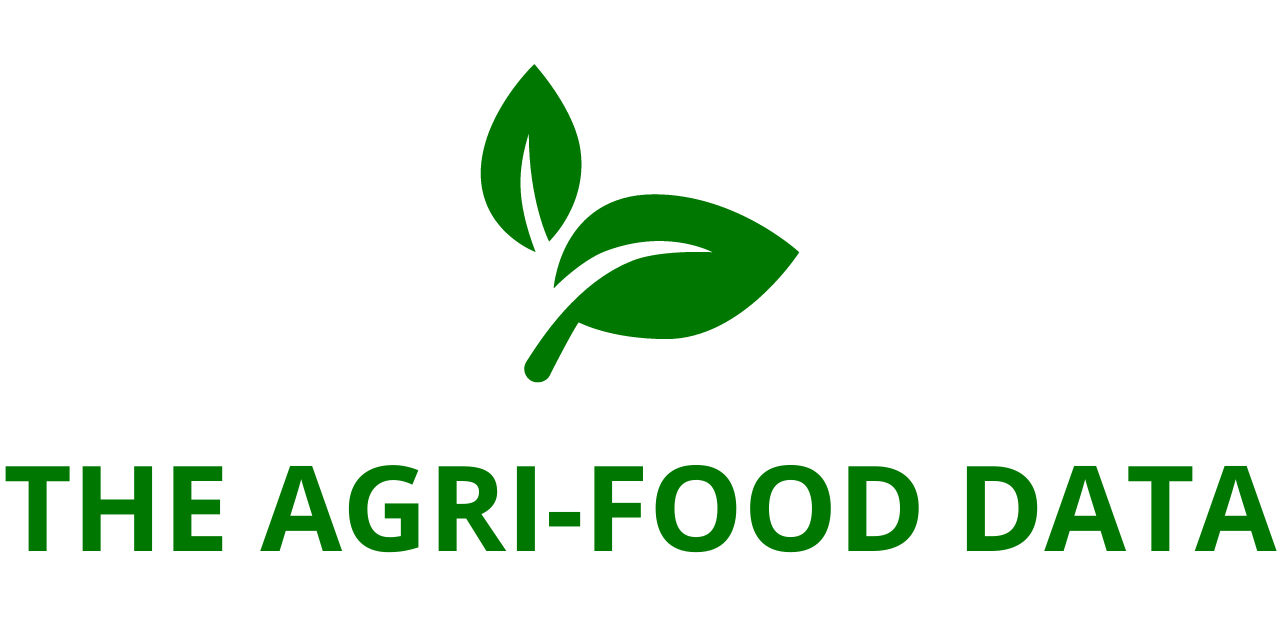
The “Protein Supplements Market Research Report 2025–2030″ has recently been added to ResearchAndMarkets.com’s extensive offering, providing an in-depth analysis of the market dynamics, competitive landscape, and growth opportunities shaping the protein supplements industry over the next five years. According to the report, the global protein supplements market is projected to grow at a steady compound annual growth rate (CAGR) of 3.61% from 2024 to 2030, reflecting both evolving consumer preferences and technological advancements in product innovation.
Market Overview
Historically dominated by powdered protein supplements, the market is now rapidly diversifying, expanding beyond traditional formats to include ready-to-drink (RTD) beverages, protein gummies, protein bars, and other functional nutrition products. These novel delivery methods are designed to meet consumer demands for convenience, portability, and varied consumption experiences. RTD beverages, in particular, are gaining popularity due to their immediate usability and integration into busy lifestyles, while protein gummies offer a palatable, on-the-go alternative that appeals to younger and novelty-seeking consumers.
The ongoing rise of plant-based diets, flexitarian eating patterns, and environmentally conscious consumption is further transforming the market. Plant-derived proteins such as pea, soy, rice, hemp, and quinoa are increasingly featured in supplements, catering not only to vegans and vegetarians but also to consumers seeking allergen-free, lactose-free, and sustainable alternatives to dairy-based protein. This trend underscores a broader shift toward holistic wellness and environmental responsibility within the functional nutrition segment.
Personalized nutrition is another major market driver, fueled by advancements in nutrition science, wearable technology, and artificial intelligence. Consumers are increasingly interested in protein products tailored to individual health needs, taste preferences, and lifestyle requirements. Subscription-based platforms are facilitating this trend, offering customized protein blends, flavor profiles, and portion sizes that adjust over time based on user feedback and consumption patterns.
Consumer Trends and Clean Labeling
Health-conscious consumers are paying closer attention to ingredient transparency, driving demand for clean-label protein supplements. Products emphasizing natural, minimally processed ingredients, organic certification, non-GMO sourcing, and the absence of artificial sweeteners, colors, or preservatives are increasingly favored. Clean-label formulations not only satisfy nutritional preferences but also enhance brand credibility and consumer trust.
The expansion of the market is being bolstered by a growing focus on fitness, active living, and body composition goals such as muscle gain, fat reduction, and athletic performance. Gym memberships, boutique fitness classes, and sports participation have all surged in recent years, creating a consistent demand for high-quality protein sources that facilitate muscle recovery and support performance. Beyond the fitness-focused population, protein supplementation is now embraced by broader consumer segments, including busy professionals, wellness enthusiasts, and parents incorporating protein-rich options into family diets.
Public awareness of protein’s benefits has also grown significantly. Social media, influencer campaigns, and wellness blogs have educated consumers about the macronutrient’s critical role in muscle repair, satiety, weight management, and immune support. This knowledge has broadened the market beyond elite athletes, encompassing general health-focused populations and even children’s nutrition.
Distribution and E-Commerce Impact
E-commerce and direct-to-consumer (D2C) models have revolutionized the protein supplements market. Online platforms provide unparalleled convenience, offering wide product assortments, subscription services, and interactive customization tools. Companies leverage digital marketing strategies, including influencer collaborations, targeted advertising, and real-time consumer feedback, to engage with audiences worldwide. These channels allow smaller brands to compete globally, bypassing traditional retail constraints and accelerating innovation in product formulation and marketing.

Aging Population and Functional Needs
The aging demographic is also contributing to market growth. Protein supplements play a vital role in preventing sarcopenia—age-related muscle loss—and maintaining bone density. Older consumers increasingly opt for products fortified with essential nutrients like calcium, vitamin D, and collagen, supporting muscle strength, joint health, and mobility. This trend highlights the convergence of nutrition, preventive healthcare, and lifestyle management as key growth factors in the sector.
Market Challenges
Despite strong demand, the protein supplements market faces several challenges. Premium products, such as organic plant proteins, grass-fed whey, and collagen peptides, often command higher prices, limiting accessibility in cost-sensitive markets. Additionally, the proliferation of counterfeit and substandard products, particularly in regions dominated by online retail, poses health risks and threatens consumer trust.
Allergenic responses and digestive discomfort also remain significant concerns. Whey, soy, and nut proteins can trigger allergic reactions, while lactose intolerance affects a substantial portion of the global population. Even non-allergic consumers may experience bloating or gastrointestinal distress due to fiber content or additives in certain protein blends.
Regulatory frameworks are complex and vary widely across regions. Organizations such as the European Food Safety Authority (EFSA) and the U.S. Food and Drug Administration (FDA) enforce strict labeling, health claims, and ingredient standards. Compliance remains a critical operational consideration for global and regional players alike.
Geographical Insights
In 2024, North America led the global protein supplements market, accounting for over 35% of total revenue. The region’s strong fitness culture, awareness of dietary health, and innovative product offerings contribute to sustained market leadership. Aging populations focused on muscle preservation and a rising interest in clean-label nutrition further strengthen demand.
Europe is a significant market, driven by health-conscious consumers and growing adoption of organic, vegan, and sustainably sourced protein products. Germany, the UK, and the Netherlands are among the most active markets, with plant-based protein formulations gaining traction among environmentally aware and ethically motivated consumers.
The Asia-Pacific (APAC) region is the fastest-growing market segment, benefiting from rising urbanization, increasing disposable incomes, and a fitness-oriented youth demographic. China, India, Japan, and Southeast Asia are witnessing surging demand for whey and plant-based protein products, often tailored to local flavors and consumption habits.
Latin America is experiencing steady growth, particularly in Brazil and Mexico, where expanding gym cultures and health awareness are driving adoption. Similarly, the Middle East and Africa are emerging markets, with rising disposable income, urbanization, and halal-certified products shaping market uptake.
Competitive Landscape
The global protein supplements market is highly fragmented yet dominated by leading brands that shape innovation and pricing dynamics. Major players are expanding beyond traditional whey and soy proteins into plant-based options such as pea, rice, faba, and hemp. RTD protein beverages have advanced technologically, offering heat-stable flavors, improved viscosity, and tailored sweetness profiles.
Digital engagement is central to vendor strategies, with companies leveraging subscription models, loyalty programs, creator partnerships, and community-driven marketing. Mass-market brands focus on value packs and everyday low pricing, while premium brands emphasize science-driven product differentiation and functional innovation.
Key Market Developments
- Danone: In May 2025, Danone launched a new protein shake under its Oikos yogurt brand, targeting consumers using weight-management products like Wegovy. The launch positions Danone to capture a share of the rapidly growing USD 7 billion protein shake market.
- Glanbia: On April 15, 2024, Glanbia announced the acquisition of Flavor Producers from Aroma Holding Company for an initial USD 300 million, signaling strategic expansion into flavor-enhanced protein applications and consolidating its global market position.





